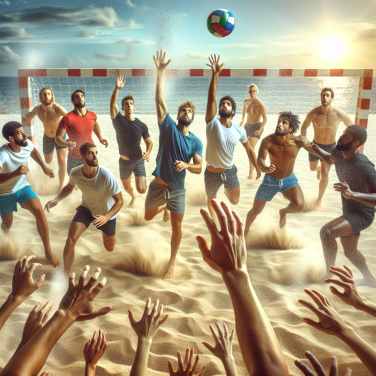Essential Wakeboarding Gear for Beginners: What You Need to Embark on This Exciting Journey
Starting your wakeboarding journey is incredibly exciting, but before you dive headfirst into this water sport, having the right wakeboarding gear is essential. Not only does the right equipment enhance your wakeboarding experience, but it also ensures your safety whilst you're out on the water. As a beginner, figuring out what gear you need might seem daunting, but don’t worry, this comprehensive guide has got you covered.
The Wakeboard: The wakeboard itself is, without a doubt, the most crucial piece of gear you need. Wakeboards come in various styles, sizes, and with different features. For beginners, it is best to start with a lighter, longer, and relatively wider wakeboard. These types of boards offer more stability and ease of learning.
Bindings or Boots: Bindings hold your feet firmly onto the wakeboard, serving as a vital connection between you and your board. They come in different sizes, so make sure to choose one that fits you perfectly. Ill-fitting boots could lead to unnecessary strain or accidents.
Wakeboarding Life Jacket: Even the most experienced wakeboarders can get knocked off their board from time to time. Therefore, wearing a life jacket is non-negotiable for safety reasons. Make sure your life jacket is US Coast Guard Approved, fits snugly, and allows for good mobility.
Helmet: Depending on your comfort level and the tricks you're attempting, a helmet can be invaluable. Not only does it add an extra layer of safety, but it also protects your head from any unexpected impact.
Wetsuit/Drysuit: Depending on the temperature of the water where you'll be wakeboarding, a wetsuit or drysuit can come in handy.
Gloved Handles/Ropes: For beginners, a rope with a comfortable handle can help improve your overall wakeboarding experience. The handle must provide a good grip to prevent any slips or sudden losing of balance.
Board Shorts: A good pair of board shorts is essential, not only for comfort but also for flexibility and free movement when you're out on the water.
Tow Boat: Of course, wakeboarding requires a power source to pull you across the surface of the water. This comes in the form of a tow boat, and while there are many types available, beginners are often advised to opt for ones with an engine located at the back.
Read also:
The Ultimate Guide to Mastering the Art of Camping
Mastering the Basics: Step-by-Step Guide to Your First Wakeboarding Ride
Among the multitude of water sports available, wakeboarding stands out as one of the most thrilling and energetic sports with a perfect blend of surfing, snowboarding, and water skiing. Now that you are ready to embark on your wakeboarding journey, let's dive into the basics: a step-by-step guide for your first wakeboarding ride.
Step 1: Gear Up
The first step to wakeboarding is ensuring you have the right gear. You will need a wakeboard, a wakeboard specific lifejacket (also called personal floatation device or PFD), a tow rope and of course, a boat. There's plenty of wakeboards in the market suitable for beginners, and it's best to invest in one that matches your skill level and weight.
Step 2: Getting on the Board
Your first challenge will be getting onto the board itself. While in the water, float on your back with the board perpendicular to your body, slip your feet into the bindings, and make sure the board's edge is sticking out of the water. Remember, the baby steps are crucial in wakeboarding.
Step 3: The Boat Pull
The next step is to grab the tow rope handle, letting the boat pull you out of the water. You will need to bend your knees and hold the rope so that it's aligned with the center of the board. Keep your arms straight, let the boat do its job, and prepare to rise to your first standing position.
Step 4: Rise and Balance
As the boat gains momentum, lean back, and allow your chest to come up slowly, but making sure that you keep your center of gravity over the top of the board. Maintain a squatting position - like you're sitting in a chair - with your knees slightly bent.
Step 5: Steering and Control
Once you have managed to balance, steering will be your next task. Learn to direct the board by shifting your weight, toes down to turn one way, and heels down to turn the other way.
Step 6: Learning to Jump the Wake
After getting comfortable with basic riding and turning, you're now ready to learn how to jump. Approach the wake at a moderate speed, crouch down slightly, and explode upward by extending your legs as you hit the wake.
Step 8: Practice Falling
Fall is an inherent part of learning.




